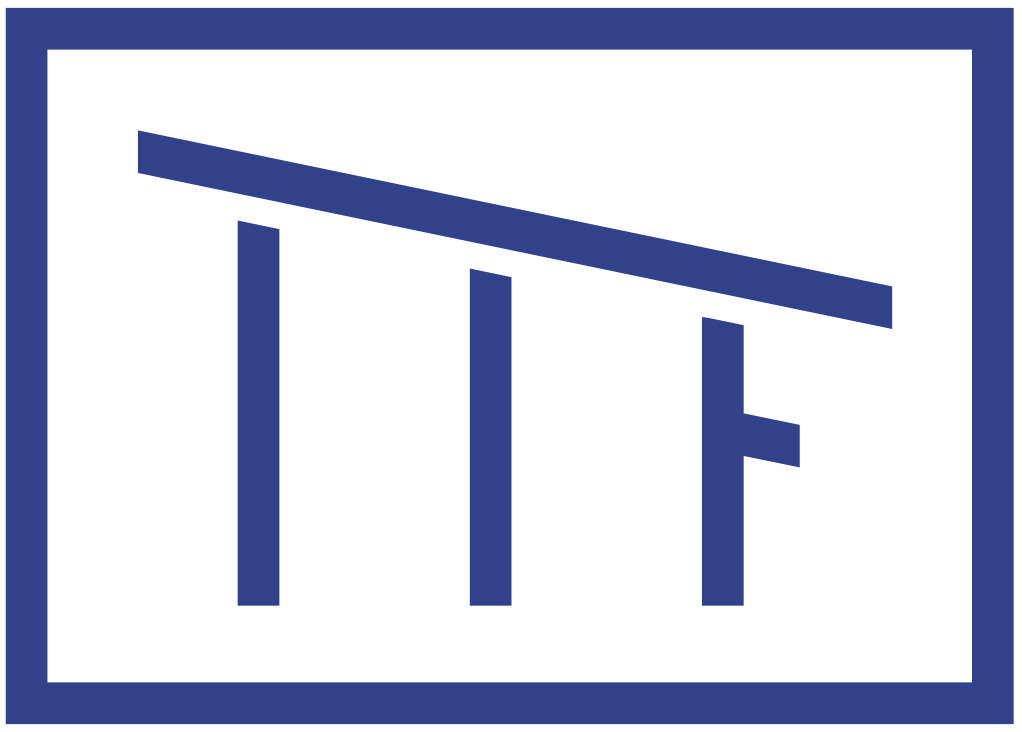Art in Flux
In college, whenever I had trouble coming up with the conclusion to a paper, I would resort to a convention I jokingly thought of as the “flux capacitor.” I would end those papers with the same two-word phrase. “The prologue of The Jew of Malta utilizes its own theatricality in order to present the relationship between the play and its contemporary culture, a relationship forever in flux.” “In Silko’s Ceremony, the opposing yet reciprocal concepts of culture, race, and identity are mediated within and against themselves, producing a Hegelian synthesis that, ultimately, remains in flux.”
I thought of the phrase “in flux” when I arrived at Tusen Takk. The studios and residence blend construction material and architectural styles into a beautiful harmony, corrugated tin reflecting richly stained shiplap, a patina of copper rust drawing the eye toward sleek, crystalline glass. That harmony, however, isn’t static. During my wonderfully productive, delightfully restorative time at Tusen Takk, I felt a near constant sense of movement and transition, of becoming, evolution, and change, both within and without. Tusen Takk vibrates with a feeling of creation and refinement, and what is creation but the transition from nothing to something, refinement the transition from something to something better?
For most of the residency, I worked on a novel that, appropriate to my surroundings, existed in a state of flux. I’d received notes from my editor shortly before I arrived, and during my five weeks on the shores of Lake Michigan, I used those notes to alchemize the first draft of my novel into what I consider not a second draft so much as an entirely new book. I think of editing that way; it’s creation spliced with refinement, a process at once generative and destructive, the old birthing the new, each book, old and new, coterminous with the objective I believe all artists strive toward: a well-made thing.
But to get there I had to go there. The process of editing wasn’t always pretty, despite the beauty of where it happened. Outside, spring gently nudged winter out of its way, while inside, the new version of my novel slipped the old version a mickey, rolled it up in a carpet, and dropped it off a dock on Lake Leelanau. I torqued the tension of key scenes. I restructured chapters and plot arcs. I added new storylines and characters. I fine-tuned phrases, sentences, and paragraphs.
Throughout that process, I had the privilege of working in a place of seclusion but also companionship, given that, yes, I was alone, but also surrounded by former Tusen Takk artists. They were present in the tools of their craft, the photo printers and awls and canvas stretchers scattered around the studios. They were present in their signatures scrawled in Sharpie on a wall by the kitchen. The fluidity of past, present, and future proved inspirational. It was an honor to work on my novel at Tusen Takk, thinking of past artists, imagining future ones, all of us creating books, paintings, photographs, textiles, etchings, prints, and woodwork, art in stasis and flux at once, reaching its destination by constantly journeying toward it.
Snowden Wright is the author of American Pop and Play Pretty Blues. He has written for The Atlantic, Salon, Esquire, and the New York Daily News, among other publications. A former Marguerite and Lamar Smith Fellow at the Carson McCullers Center, Wright lives in Yazoo County, Mississippi. His latest novel is The Queen City Detective Agency.
Read More Artist Journals



